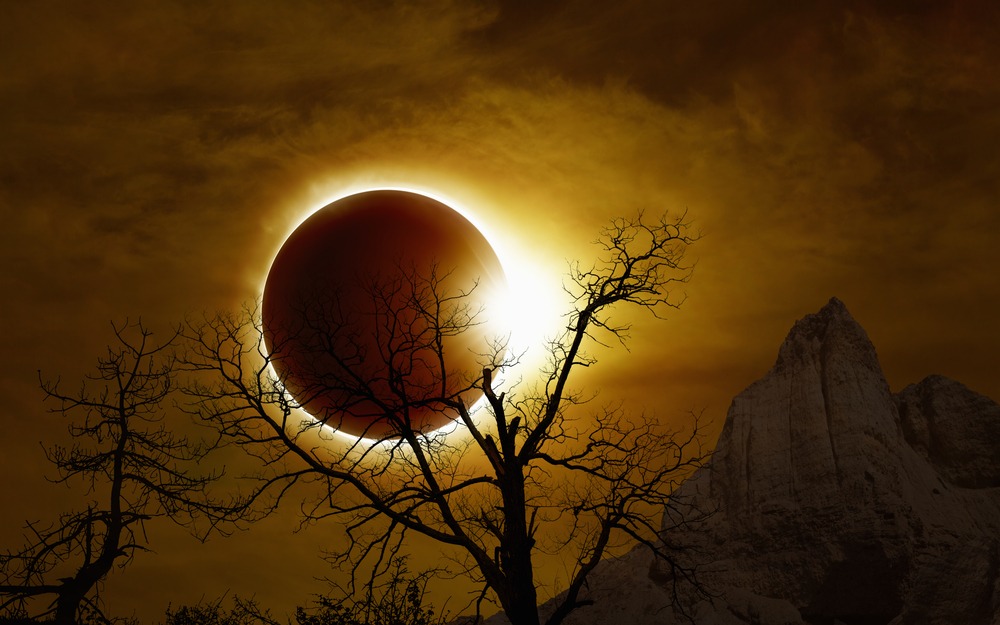Discover the awe-inspiring journey of the next total solar eclipse on April 8, 2024. From its rare occurrence to the intricate details of its path, unravel the celestial spectacle awaiting North America.
A forthcoming celestial event is set to captivate North America—a total solar eclipse, an elusive phenomenon characterized by its striking visual spectacle and infrequency. Live Science offers insights into the upcoming eclipse’s details.
The next total solar eclipse will transpire on April 8, 2024, casting daylight into temporary darkness and offering a glimpse of the sun’s corona. The eclipse’s visibility in North America varies by location and time. The path of totality, spanning approximately 10,000 miles and 115 miles wide, will sweep across Mexico, the U.S., and Canada. Significant U.S. states and Canadian provinces will experience the eclipse, creating a unique viewing experience for millions.
Totality represents the phase when the moon obscures the sun entirely, and the path of totality denotes the zone where this phenomenon is observable. The intricate trajectory, from northwest Mexico through numerous U.S. states and Canadian provinces, embodies the trajectory of the moon’s shadow, offering a once-in-a-lifetime experience for those within its bounds.
The last total solar eclipse graced North America on August 21, 2017, spanning 14 U.S. states from Oregon to South Carolina. Future occurrences include Alaska in 2033 and the contiguous U.S. in 2044, highlighting the intermittent nature of these celestial events.
Analysis and Interpretation: The rarity of a total solar eclipse arises from the moon’s size relative to the sun, resulting in a perfect alignment during eclipse seasons. This alignment allows for partial, annular, or total eclipses based on the moon’s position. Total solar eclipses, albeit infrequent, occur approximately once every 18 months globally, making them an astronomer’s treasure.
While the total eclipse lasts for a mere few minutes within the broader eclipse timeframe of about three hours, it offers an unparalleled visual spectacle. Eye protection is imperative during partial phases to avoid eye damage. However, during totality, it is safe to observe the eclipse without protection, allowing viewers to witness this unique cosmic alignment.
The impending total solar eclipse of April 8, 2024, promises an extraordinary celestial show. Its rarity, the scientific marvel of alignment, and the need for eye protection underscore the significance of this event. Live Science provides a comprehensive understanding of the upcoming spectacle.
Live Science provides invaluable insights and analysis, offering a deeper understanding of the upcoming total solar eclipse and its celestial intricacies.



